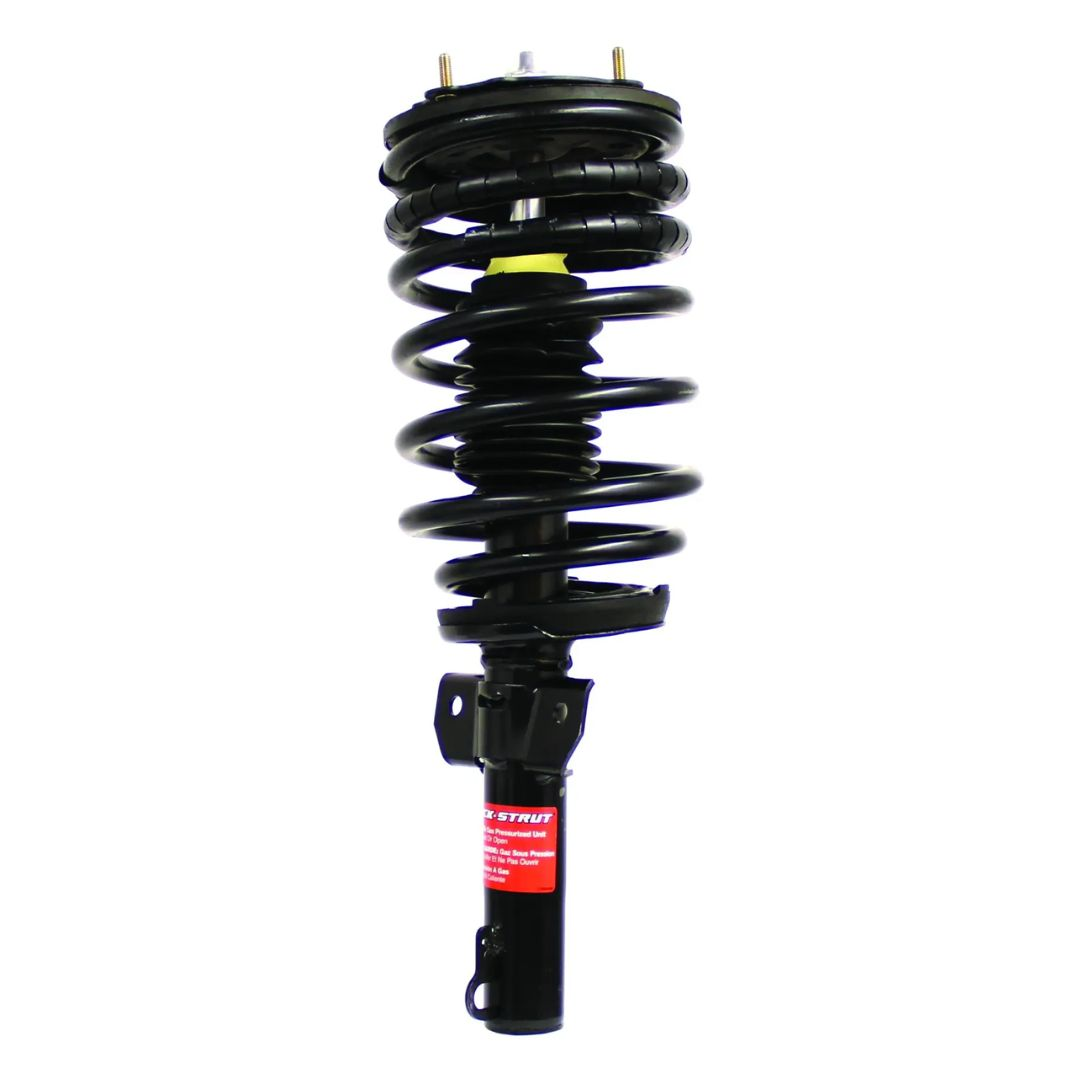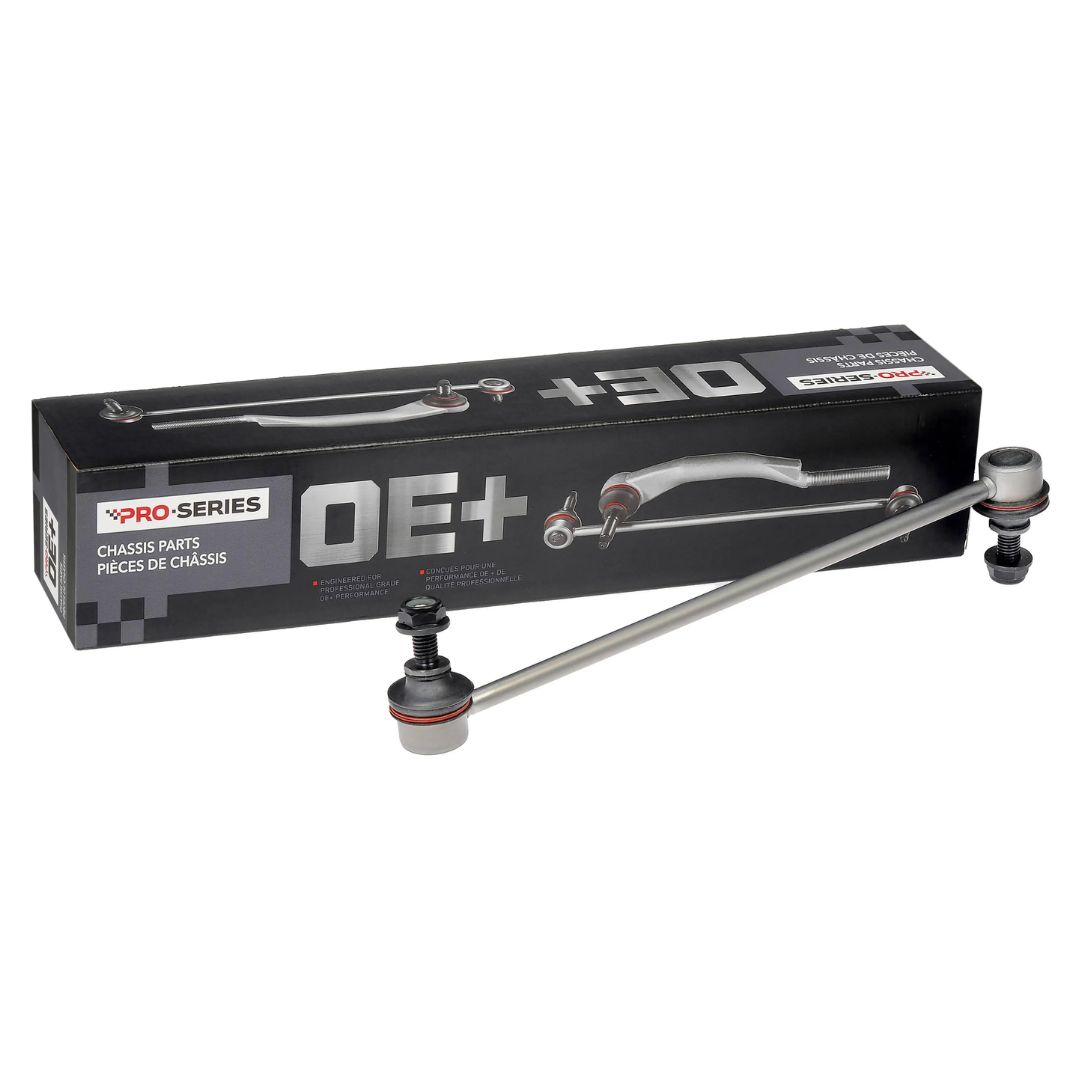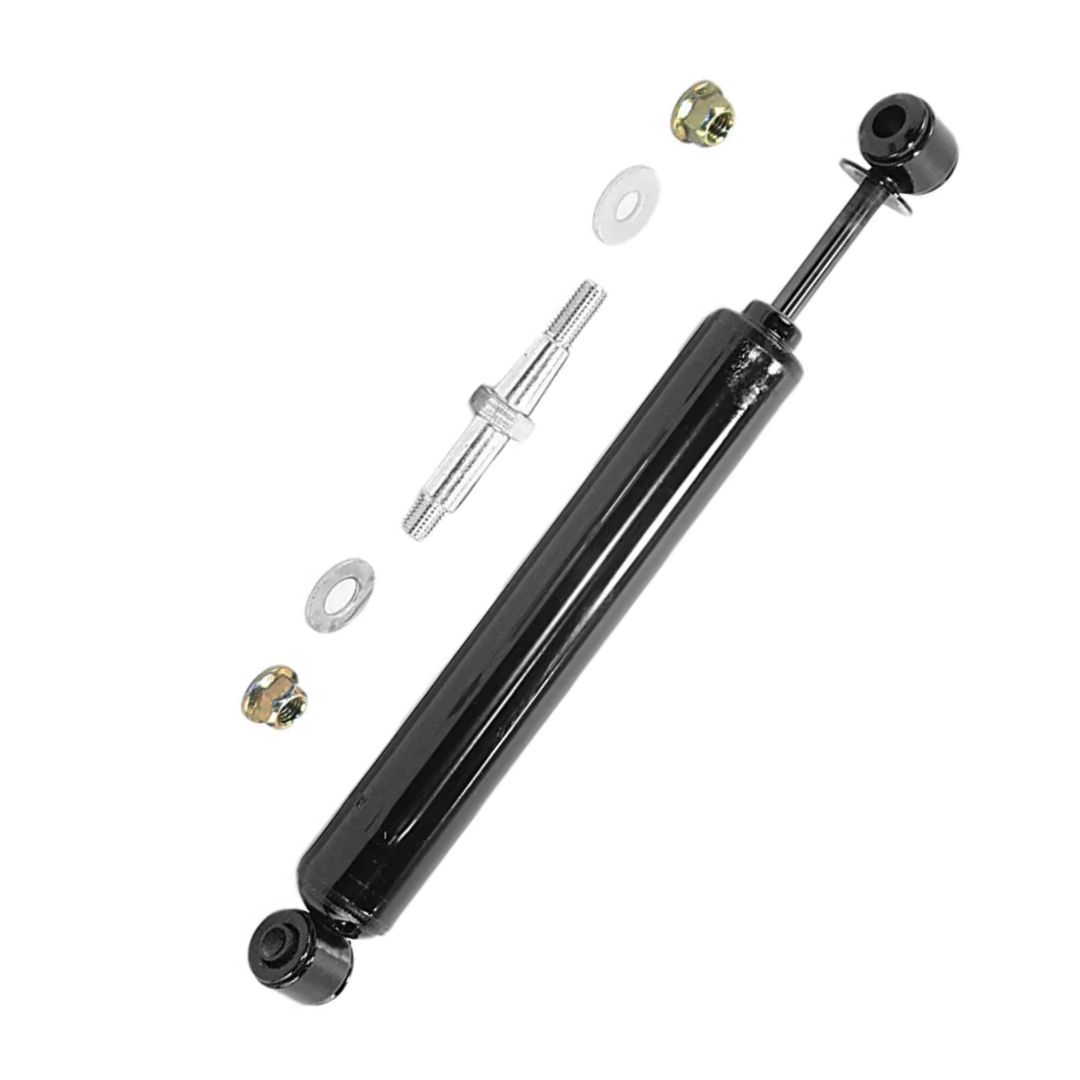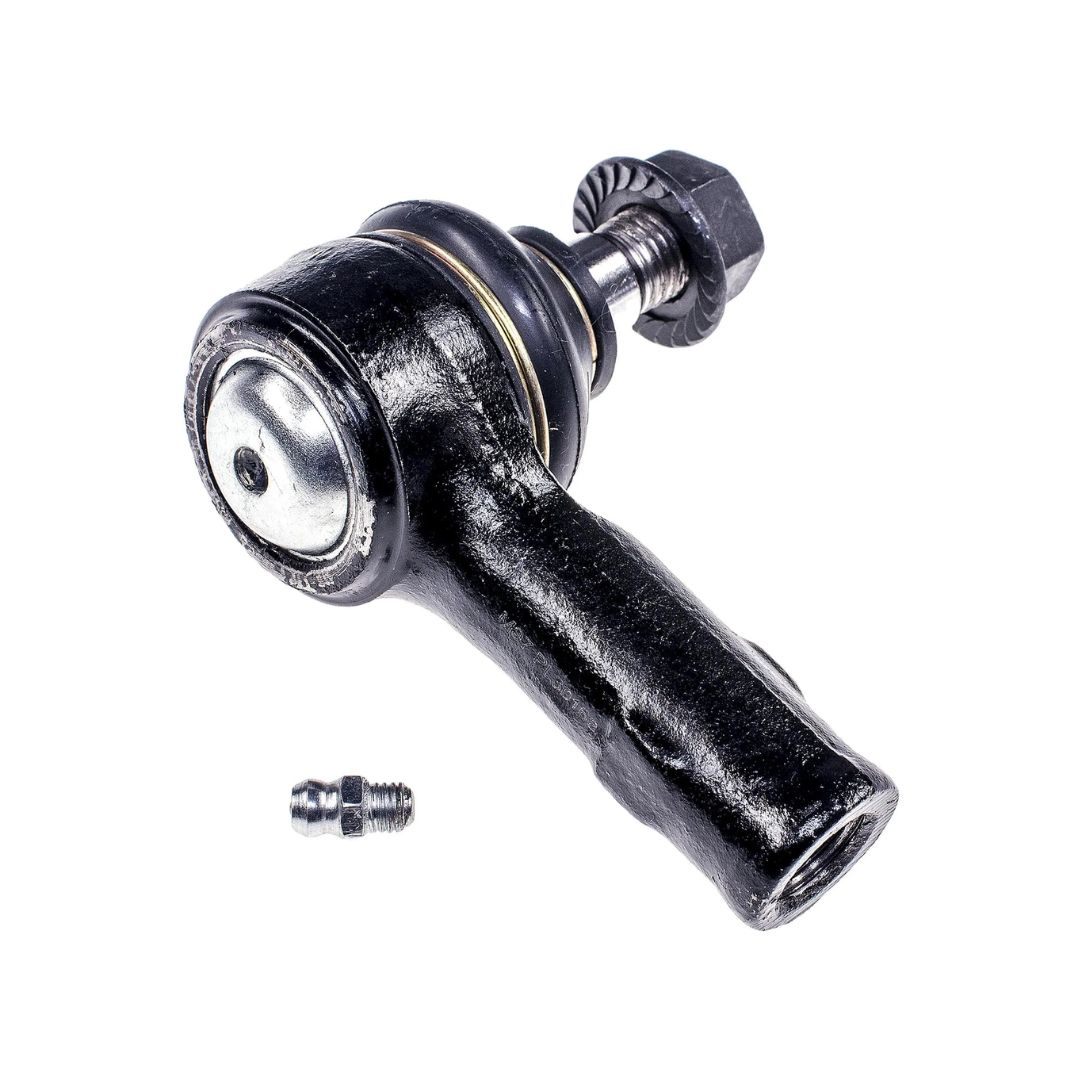
Understanding Suspension Systems: Shocks, Struts, Springs, Chassis, and Components
A vehicle's suspension system plays a critical role in providing comfort, stability, and control while driving. Understanding the key components of a suspension system is essential for maintaining and optimizing your vehicle's performance. In this article, we'll delve into the definitions and functions of shocks, struts, springs, chassis, and their associated components.
Shocks:
Shocks, also known as shock absorbers or dampers, are crucial components of a suspension system. They control the movement of the springs and help maintain tire contact with the road surface. Shocks dampen vibrations caused by uneven surfaces or vehicle motions and contribute to overall ride comfort and stability.
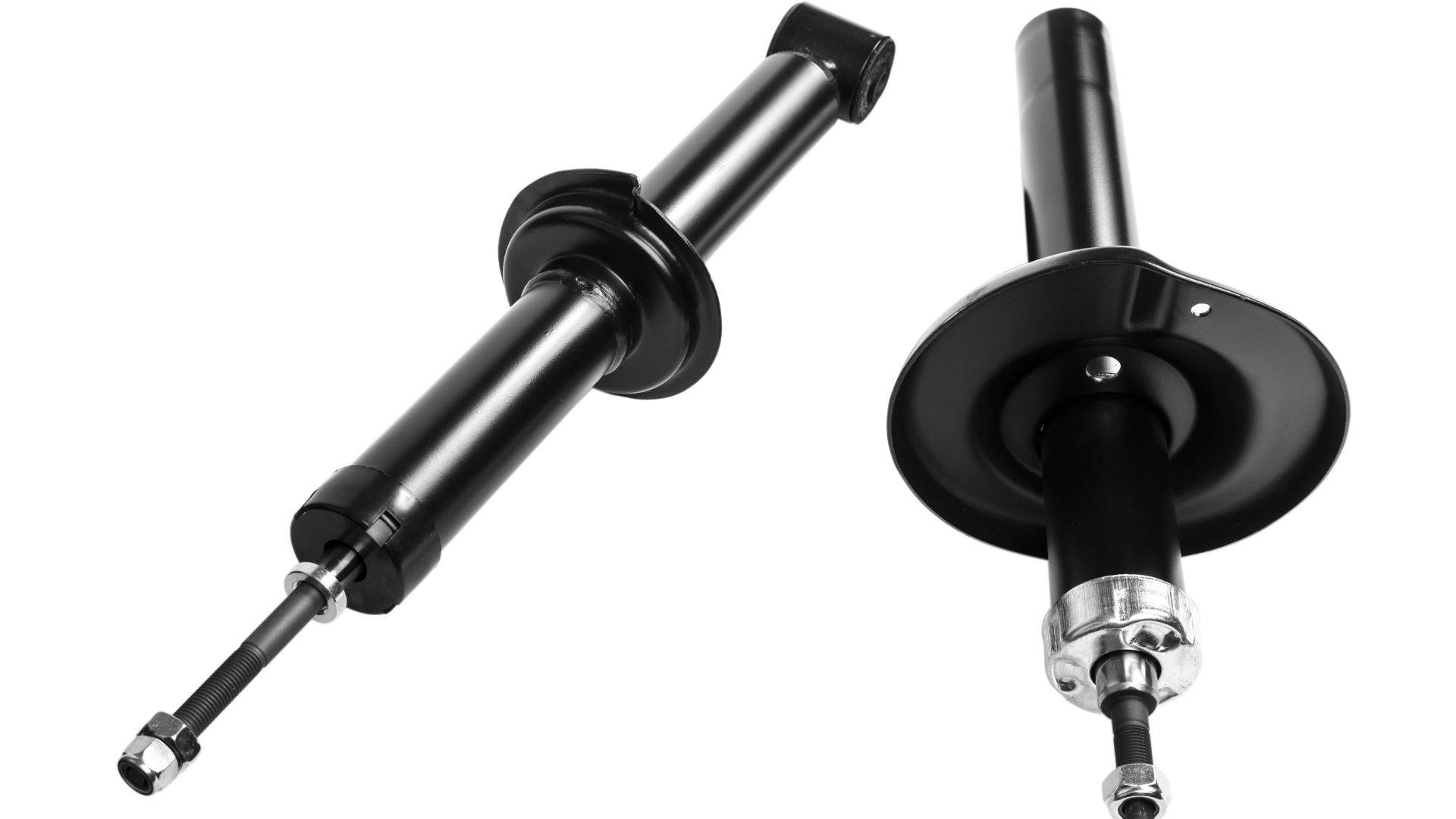
Struts:
Struts are similar to shocks but serve additional functions. They are structural components that support the weight of the vehicle while also serving as a damping mechanism. Unlike shocks, struts provide structural rigidity and help maintain proper wheel alignment. They often incorporate a coil spring within their design.
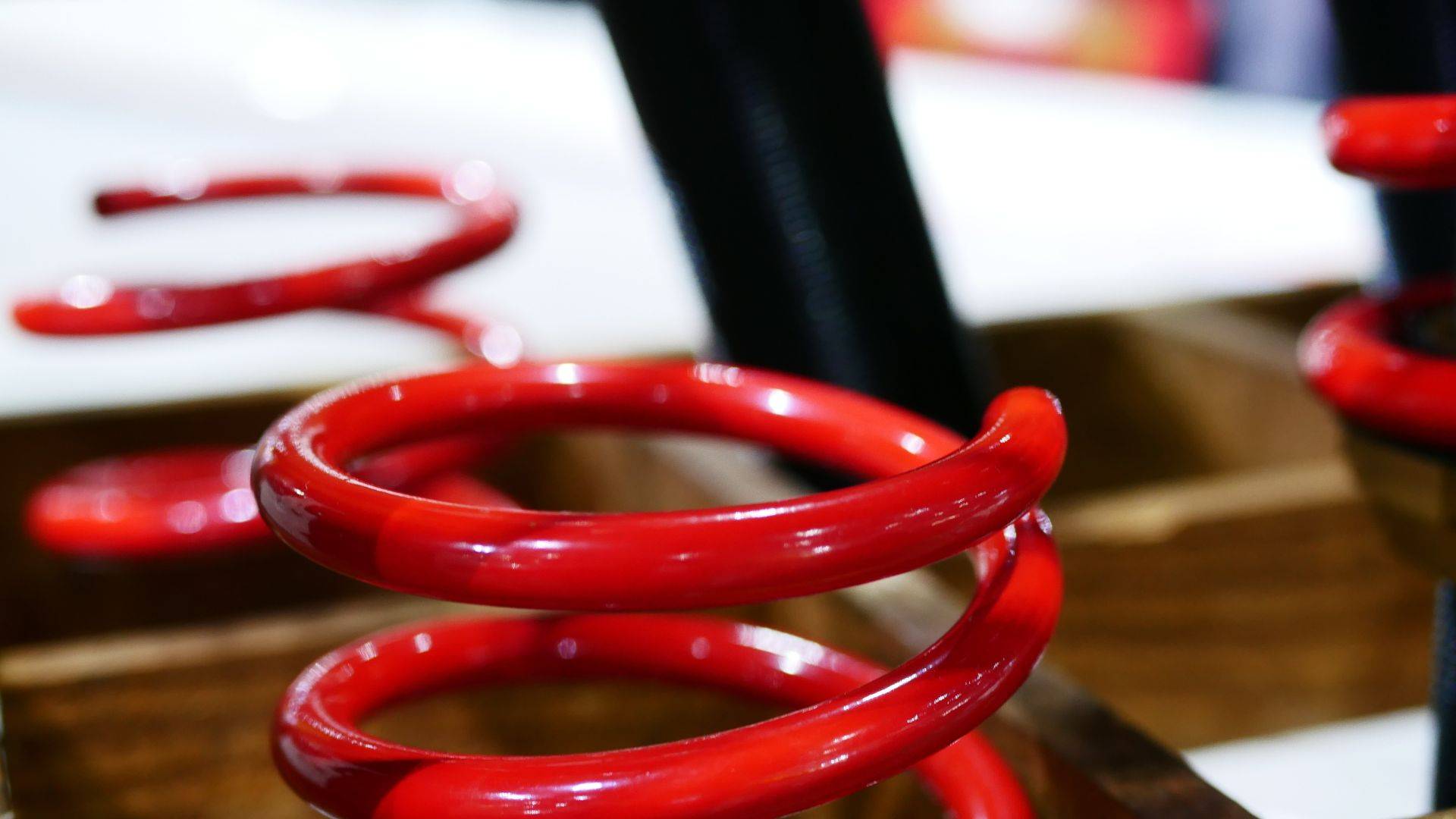
Springs:
Springs are fundamental suspension components responsible for supporting the weight of the vehicle and absorbing road shocks. Common types of springs include coil springs and leaf springs. Coil springs are coiled metal rods that compress and rebound to absorb bumps and keep the wheels in contact with the road. Leaf springs consist of multiple steel strips stacked on top of each other to provide support.
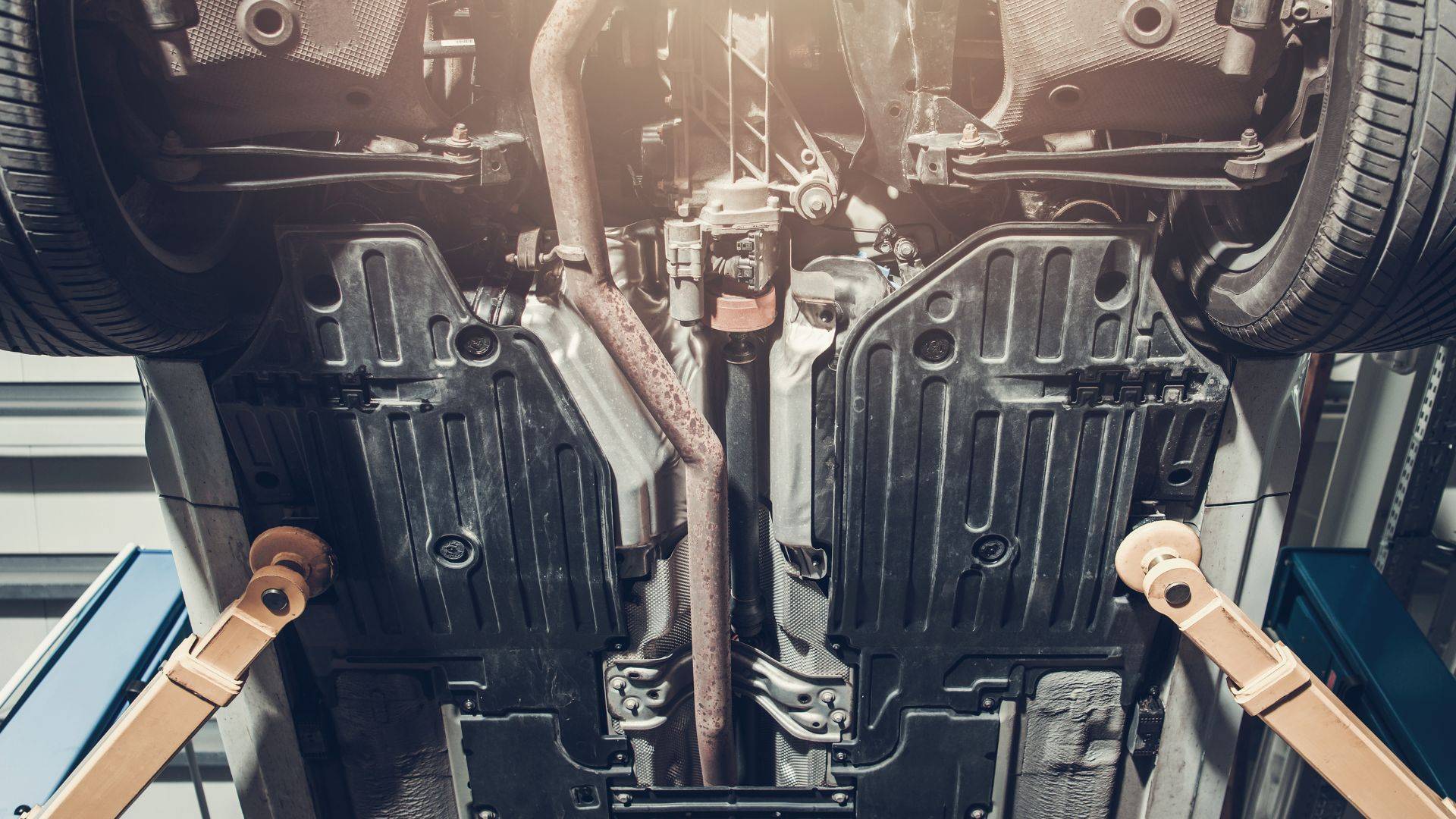
Chassis:
The chassis is the main framework of a vehicle that supports its various components, including the engine, suspension system, body panels, and more. It provides structural integrity and rigidity to withstand forces encountered during driving. The suspension components are typically mounted to the chassis or subframe for stability.
Key Suspension Components:
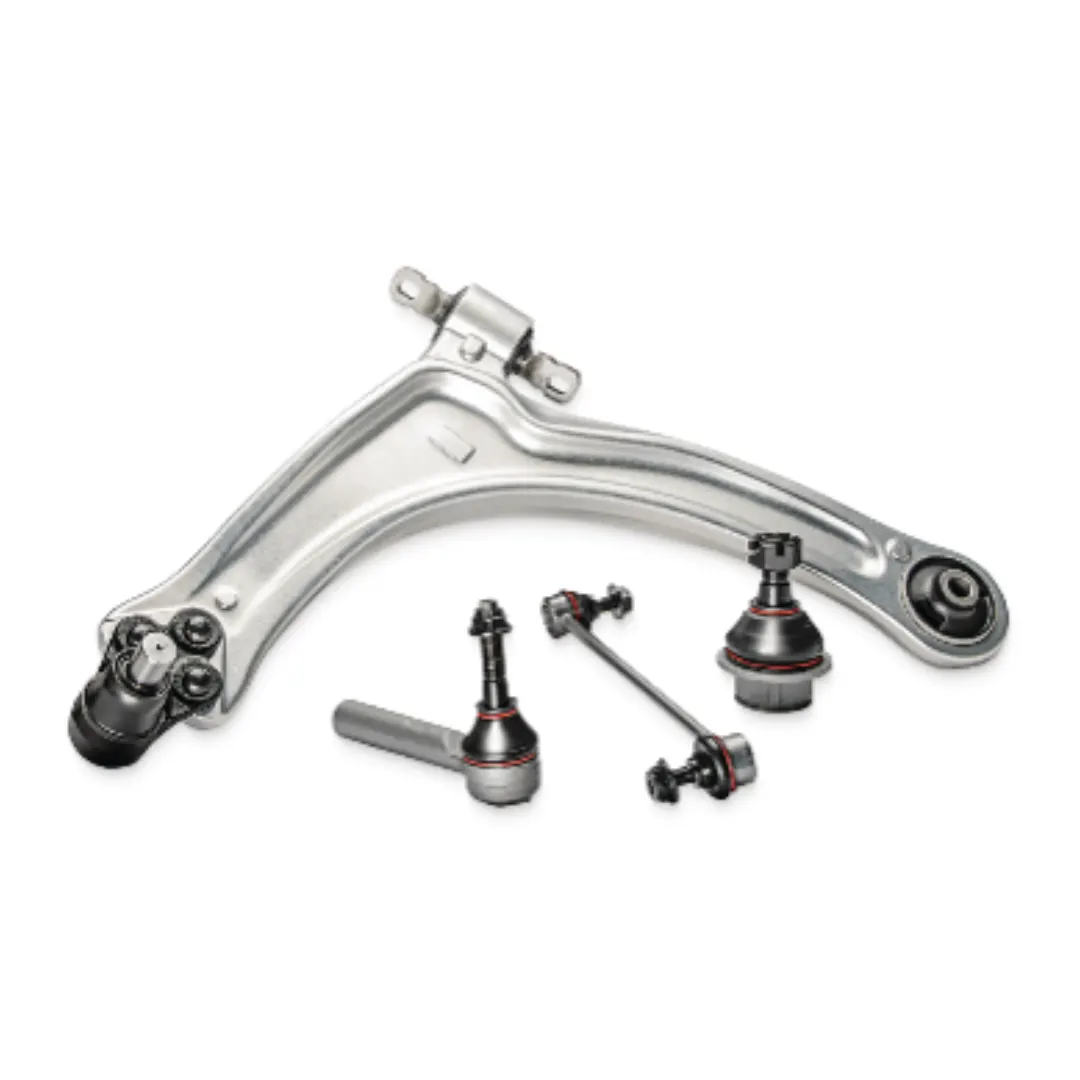
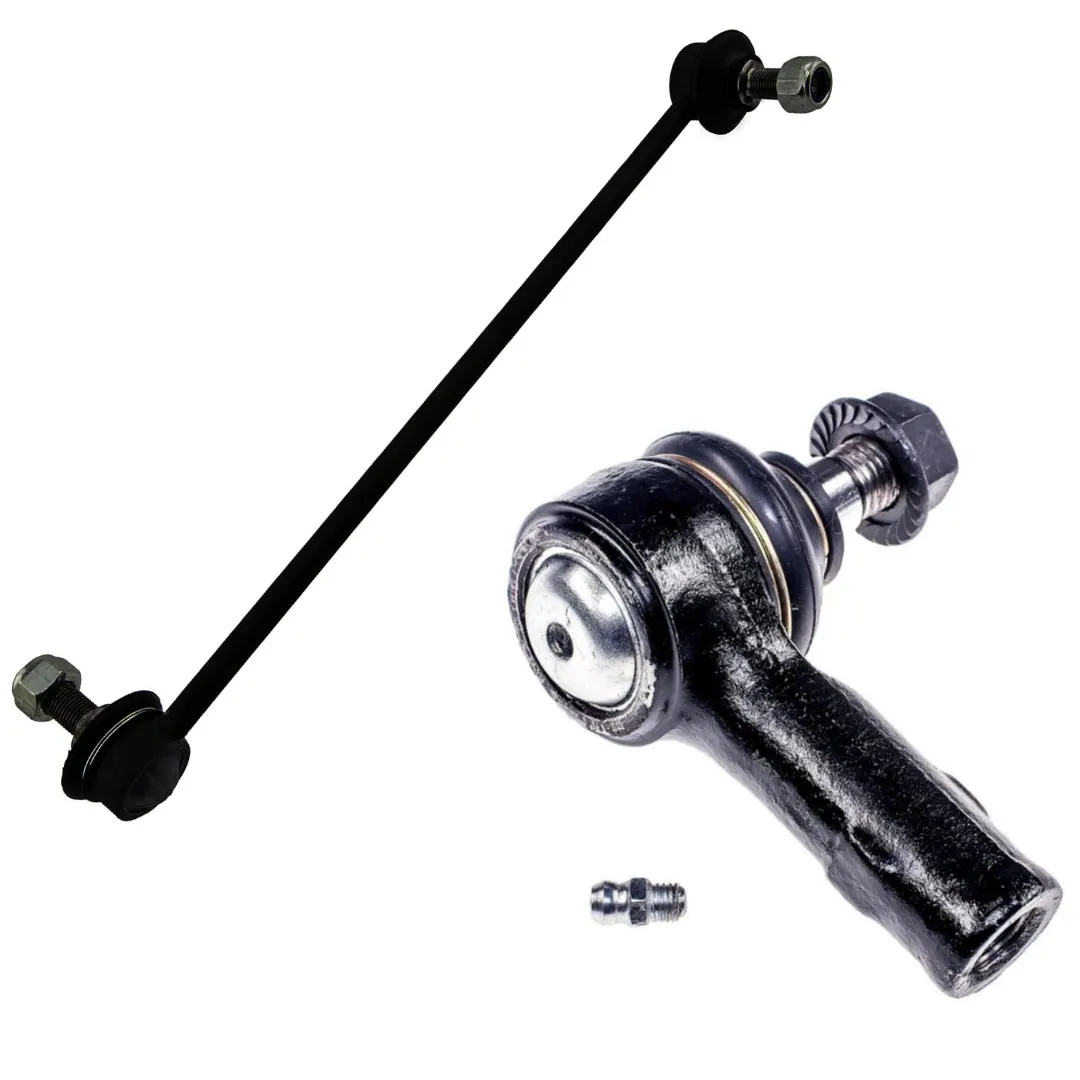
• Control Arms: Control arms connect the suspension system to the chassis or subframe and allow for vertical wheel movement while maintaining stability.
• Sway Bars: Sway bars (also called stabilizer bars) minimize body roll during cornering by connecting the left and right sides of the suspension together.
• Bushings: Bushings act as cushions between various suspension components to reduce noise, vibration, and harshness (NVH).
• Ball Joints: Ball joints allow for movement and rotation between control arms and steering knuckles while maintaining stability.
Shocks, struts, springs, chassis, control arms, sway bars, bushings, and ball joints all work together to ensure optimal performance on different road surfaces.
Regular inspection and maintenance of these components are essential for identifying wear or damage that may affect your vehicle's handling or ride comfort. If you notice signs of excessive bouncing, uneven tire wear, or poor handling characteristics, it's recommended to have your suspension system inspected by a qualified mechanic.
By familiarizing yourself with these suspension system basics and recognizing potential issues early on, you can ensure a smoother driving experience and prolong the lifespan of your vehicle's suspension components.
PartSource has you covered with a variety of suspension systems for multiple car models. You can find the selection below:
 Loading . . .
Loading . . .


